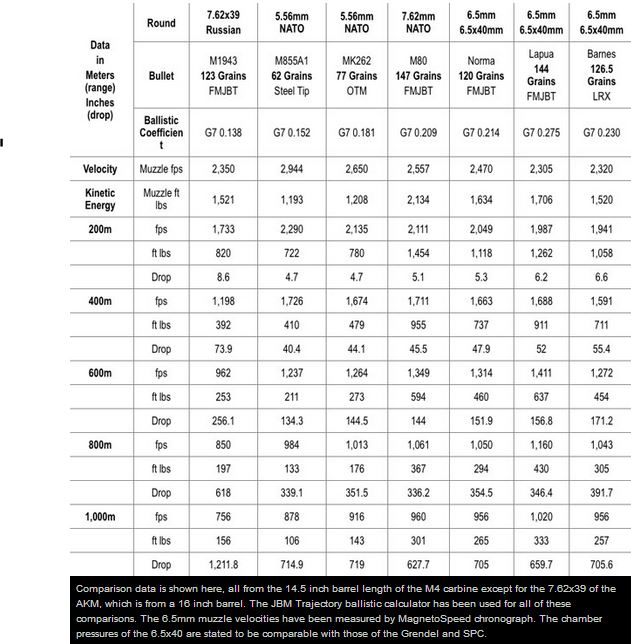Ballistics Tables http://onerifle.blogspot.com/2012/03/308-winchester-ruger-gunsite-scout.html The drag from air resistance that a bullet experiences is analyzed very closely when choosing a type of bullet. External ballistics of a bullet looks at the bullet's velocity and path as a result of its ability to cut through air efficiently. Focusing on this efficiency, a bullet can be characterized by its ballistic coefficient. The first factor of a ballistic coefficient is the air resistance of the bullet shape. This resistance is quantified in the form of a drag coefficient, with a smaller drag coefficient describing a more aerodynamic shape. The second factor of this ballistic coefficient is referred to as the bullet's sectional density. This, the ratio of the bullet's mass to its diameter, explains how well the bullet can overcome air resistance as a result of how its mass is distributed. These two factors combine to help explain how efficiently the bullet travels through air, as well as how well it can handle crosswinds. This information is vital to choosing a type of bullet to use. An example of a ballistics table calculated from the ballistic coefficient can be found below.  http://www.thefirearmblog.com/blog/2014/04/04/long-range-wildcat-ar-15-6-5-40mm/ |